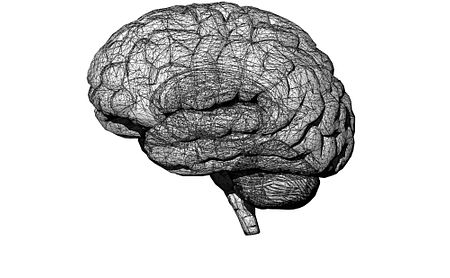Potential New Therapeutic Targets Identified in Preclinical Study
Written by |

Targeting a biological pathway regulated by MECP2 — the gene mutated in most cases of Rett syndrome — normalized neural development in a study using mice, patient-derived cells, and a 3D model of the brain.
The finding suggests that this pathway could become a therapeutic target in Rett syndrome.
The study, “MeCP2 controls neural stem cell fate specification through miR-199a-mediated inhibition of BMP-Smad signaling,” was published in Cell Reports.
Among its many roles, MeCP2, the protein made by the MECP2 gene, pushes neural stem/precursor cells (NC/PCs) to mature into neural cells capable of forming connections with other neurons, as opposed to cells like astrocytes which play more of a support role.
MeCP2 also regulates a number of micro RNAs (miRNA), small fragments of RNA capable of “turning off” other genes.
Scientists from Kyushu University, in Japan, and their colleagues recently showed that MeCP2 regulates a miRNA called miR-199a to regulate the function of nerve cells. However, the effect of miR-199a on whether precursor cells develop into neurons or astrocytes has not been assessed.
Here, the investigators examined the proportions of neural versus non-neural cells in the hippocampus of newborn mice and mouse embryos lacking either miR-199a or MeCP2. The hippocampus plays an important role in memory and learning, among other functions. The team observed that both groups made fewer neural cells and more astrocytes, compared to unaltered or “wild-type” mice.
The investigators then confirmed this finding by “rescuing” neuronal cell growth by adding healthy miR-199a via modified viral vectors to the otherwise deficient cells.
miR199a normally silences a gene called Smad1. By turning off the activity of Smad1, the team found more neurons and fewer astrocytes becoming mature, while the opposite became true when they dialed Smad1 activity up.
To see if their results might hold true in human brains, the researchers made brain organoids — organ-like structures derived from patient cells — and observed the growth of neurons and astrocytes under different conditions.
The data showed that both increasing miR-199a levels and blocking the activity of BMP (a protein regulated by MeCP2 via miR-199a) partially normalized the development of brain organoids and the differentiation of stem/precursor cells.
To the researchers, this suggested that increased BMP signaling could account for impaired brain development in Rett syndrome.
“Our study illuminates the molecular pathology [processes] of RTT [Rett],” the team concluded, “and reveals the MeCP2/miR-199a/Smad1 axis as a potential therapeutic target for RTT.”





